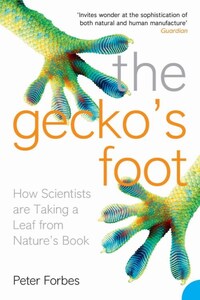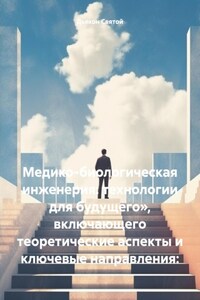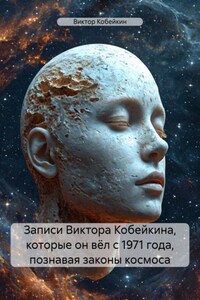These Atom-Worlds found out, I would despise Colombus, and his vast Discoveries.
RICHARD LEIGH (1649–1728), ‘Greatness in Little ’
‘Nature’ is one of our great good words. To do things naturally, to go with the flow, to feel that we are in harmony with the principle that has sustained life on the planet for, according to our best guesses, more than three and a half billion years: all of these are natural (that word again) aspirations. But when we think of how we actually live – by means of technology – we feel ‘unnatural’: all our activities seem to involve forcing nature to do things she would otherwise not have done. We fear that perhaps we are a rogue species: the first one to have broken the bounds of nature.
These psychological feelings may or may not reflect the reality of our situation but there is no doubt that our technology and nature’s are radically different. Our planes do not fly like birds and insects; although we travel faster than a cheetah, by muscle power alone we are much slower.
Many scientists now believe that it is possible for us to close the gap between our technology and nature. Bio-inspiration is the new science that seeks to use nature’s principles to create things that evolution never achieved. To do this has entailed understanding nature at a new level – a tiny realm, far beneath our vision, and beneath the threshold of even the best optical microscopes.
Throughout human history human beings have been prejudiced creatures, and perhaps we were once biologically programmed to be that way. Despite this, we have learnt to cast aside narrow chauvinisms one by one and to embrace a broader view of our place in the scheme of things. But one set of blinkers remains: as adults we are creatures of a certain dimension – mostly 1.5–1.8 m tall – and we cannot help seeing things much smaller or larger than ourselves as remote from our experience. Apparently, we are deeply and stubbornly sizist.
The general acceptance, from the 17th century on, that the Earth was merely a planet of the Sun was supposed to have humbled our human pretensions. And the subsequent awareness of the vast distances of the universe, the number of stars (and, potentially, planets) and the minor-star status of the Sun were supposed to have increased this humiliation. The truth is, it is the things nearest to us that matter most. When we are ill in bed with flu, our horizon shrinks to our own body. And when we are bounding with health, it is pleasure on our own scale that we chase after. The universe can go run itself.
But this book is mostly about small things, not large, and they often seem even more distant than the black holes and supernovae of the deep universe. We find it quite hard to understand that minute creatures such as fleas and midges are fully functional, with a nervous system, a brain, a heart, and all the apparatus of life. In fact, life begins way below the threshold of human vision, and the intricately structured apparatus on which life depends – DNA, proteins and countless other molecules – is much smaller still.
For most of human history we have fabricated the devices we need on our own scale from simple materials, especially the metals such as iron, copper, zinc and tin. These are chemical elements and they are the same stuff all the way through – billions of atoms packed together like snooker balls in a frame, and then another layer on top, and so on ad infinitum. Biological materials, such as wood and cotton, have a much more complicated structure than metals and the intimate molecular structure of these materials was unknown until the 20th century. They were presented to us, more or less ready to use, and we used them without knowing what they were made from.
The microscope and telescope were both invented in the 17th century but it was the telescope that made the most impact. The telescope was always trained on some big new frontier – bigger ships, bigger factories, bigger armies – so it was something of a shock when the celebrated physicist Richard Feynman, in a talk of characteristic bravado given to the American Physical Society in 1959, announced that ‘There’s plenty of room at the bottom’. By this he meant that even as we ran out of personal space in our human-scale world, there was a paradoxically spacious untapped domain in which our minds could roam, one that was beneath the threshold of our vision. This was the nanorealm, in which objects are between one billionth and one millionth of a metre in size. Feynman suggested that this realm had room enough to do many things of great interest, and that life was already doing them, if only we could see what was going on:








